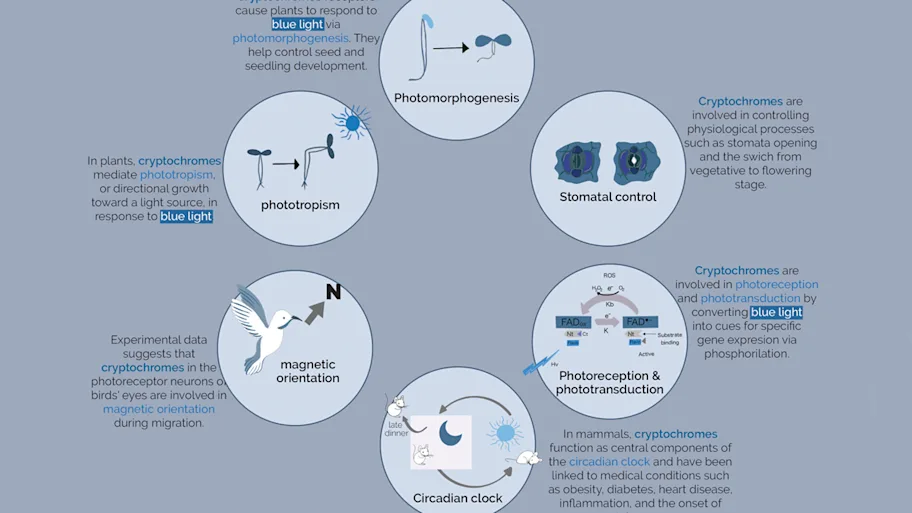
- Science News
- Young Minds
- Margaret M. Crane – How One Idea Impacted Women around The World
Margaret M. Crane – How One Idea Impacted Women around The World

Margaret Crane, 1965 | Photo Credit | Anna Kaufman Moon
Margaret M. Crane, known as “Meg”, was born in 1941 and today is living in New York. Though she is not a scientist by training, she created the first at-home pregnancy test, increasing women’s autonomy and giving them the power of knowledge first. However, she was forgotten for this achievement – and it is time to shine the spotlight on her!
By Ruth Nwofor
An idea is born
When Margaret Crane first got the idea to create the at-home pregnancy test in 1967, she was 26, with no science background, and working as a Graphic Designer at Organon, a pharmaceutical company based in New Jersey. Crane’s job at the time was to create usable (and beautiful) means for people to use everyday items like lipsticks and lotions - she created designs for jars and tubes that cosmetic products would go into.
She was walking through the company’s labs one day, when she came across pregnancy tests being processed by scientists. At first, she did not know what the tests were for, until she asked a scientist in the lab.
The scientist told her what they were and explained how they worked - a doctor would collect urine from his patient and send it to the company’s lab for analysis. The results would be sent back to the doctor, who would then inform the patient. The entire process could take up to 2 weeks.
Understandably, Crane was dismayed by the idea of a woman having to wait up to 2 weeks to find out whether she was pregnant or not. Imagine if she did not want to be pregnant? What if she was too ill to carry a baby?
The thoughts stuck with Crane and drove her to shortly create a simple prototype of an at-home test which women could use to test for pregnancy and get results within a few hours, rather than waiting weeks. She later commented: “I thought how simple that was. A woman should be able to do this.”
Fighting to be heard
Crane took her prototype to her company and tried to get them to understand why it would be good for women to be able to find out for themselves if they were pregnant. But there was resistance to it, with the executives expressing fear about “hysterical” women hurting themselves if their results were not what they expected, which could lead to the loss of the business.
However, when a male executive later suggested the same idea to their parent company in the Netherlands, everyone suddenly realized what a good idea it would be. Crane found out that there was going to be a strategy meeting where men would discuss the design of the new product, and decided to crash it. She brought her prototype along with her, and placed it next to the other designs which the executives would be deciding on.
Crane’s design was eventually chosen over others because of its simplicity, practicality and effectiveness. In a happy twist, it was chosen by an executive named Ira Sturtevant who eventually became Crane’s life partner. As Crane told a curator at the auction house where the prototype went up for sale, “A woman should not have to wait weeks for an answer.”
Crane's pregnancy test, called “The Predictor”, was finally sold publicly in 1977, ten years after she first proposed her idea. Although her name was on the device patents, Organon licensed the product to three pharmaceutical companies and Crane was never paid anything for her design.

Margaret Crane’s prototype (Brendan McCabe) (Catlin, 2015)
Knowledge really is power!
Most people at the time did not believe that women should get involved in the process of finding out whether they were pregnant or not, as that was seen as the doctor’s job. One of the concerns was that women would not be able to follow prenatal care instructions after finding out, as it was believed that they might be too emotional to understand what to do. However, in reality, the opposite was the case as women who wanted to know if they were pregnant were happy with the product and able to do whatever was needed for themselves after getting their results.
“Having such knowledge earlier changed pregnancy itself. Previous to the development of the home pregnancy kit, women might experience a miscarriage very early on, and they didn’t always know they were pregnant."
Alexandra Lord, Chair and Curator of the Division of Medicine and Science at the American History Museum
Faster design iterations developed, and today at-home pregnancy tests take only minutes to deliver results. These later designs were not based on Crane’s own, but since it was her idea that sparked the change to off-the-shelf test kits, she is now belatedly recognised for this innovation after a 2012 New York Times article on modern pregnancy tests prompted her to speak up and finally be seen.
We should not forget that it is thanks to Margaret Crane that it is now considered normal for women to access pregnancy test kits privately. Her invention marked a huge step forward in women’s autonomy - it showed the world that women have the right to understand what is happening to their bodies without doctors or scientists telling them.
Do you know the story of a forgotten scientist that should be heard? Email us with your idea at kids@frontiersin.org!
Further reading resources
Rejected Princesses, 2022. Margaret Crane: Creator of the Home Pregnancy Test. [online]
New York Times, 2016. Could Women Be Trusted With Their Own Pregnancy Tests? [online]
Smithsonian Magazine, 2015. The Unknown Designer of the First Home Pregnancy Test Is Finally Getting Her Due. [online]






